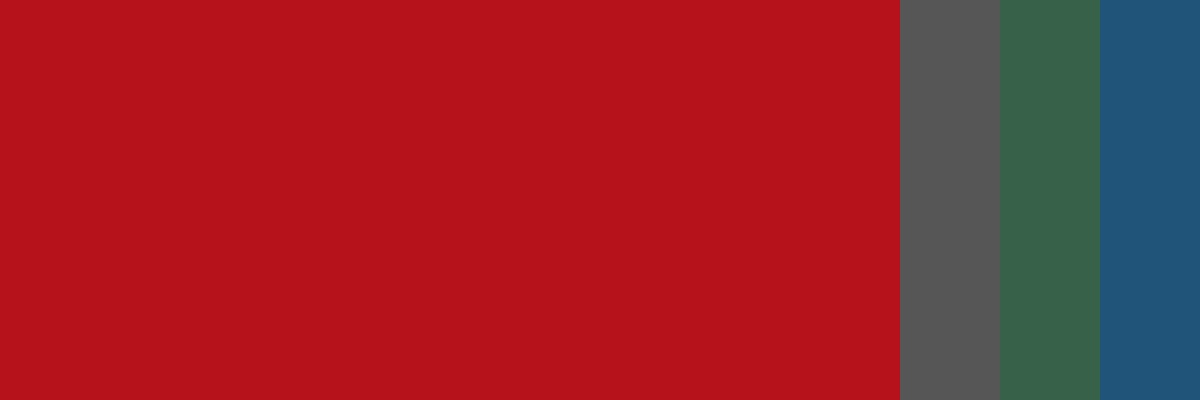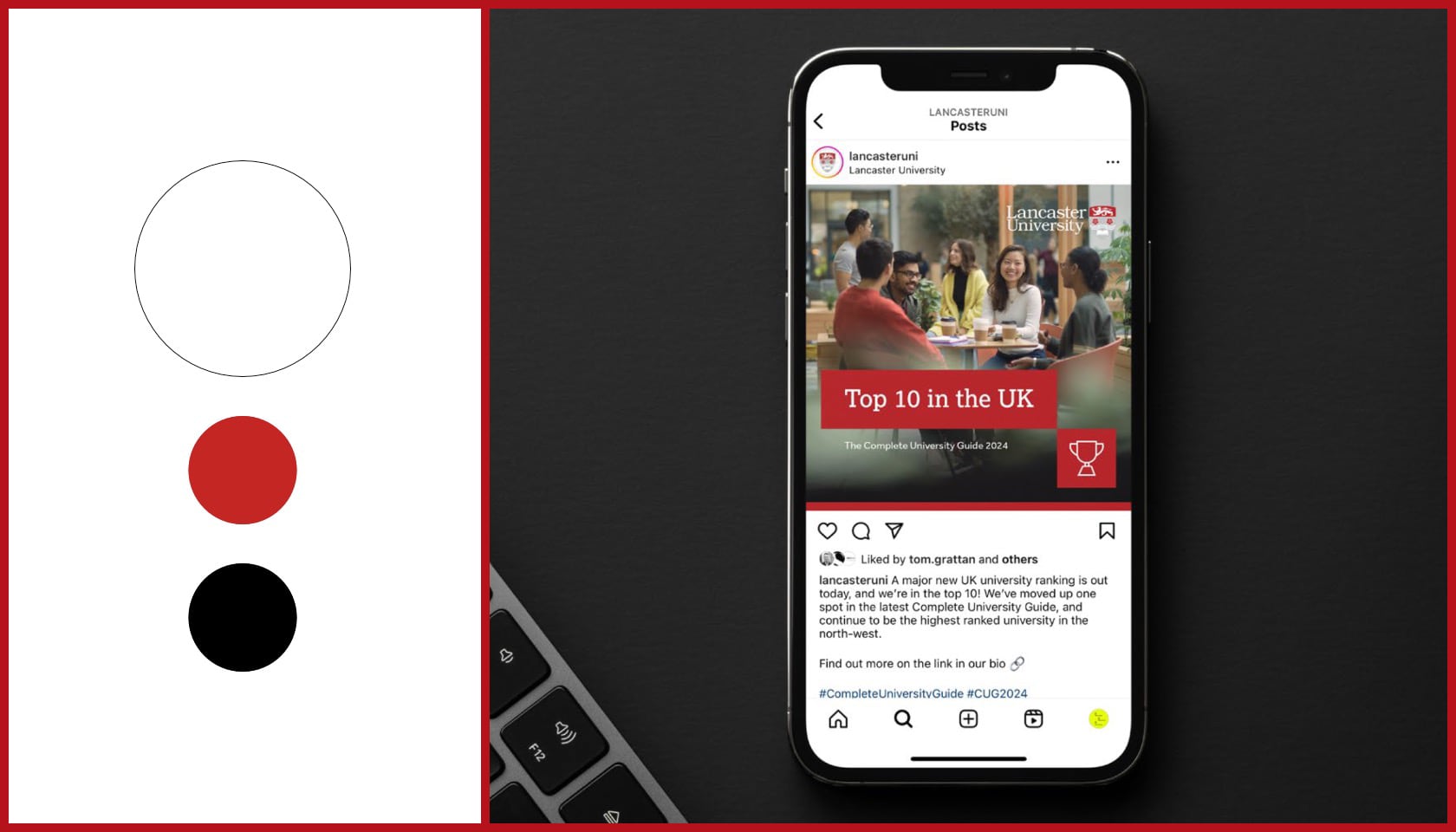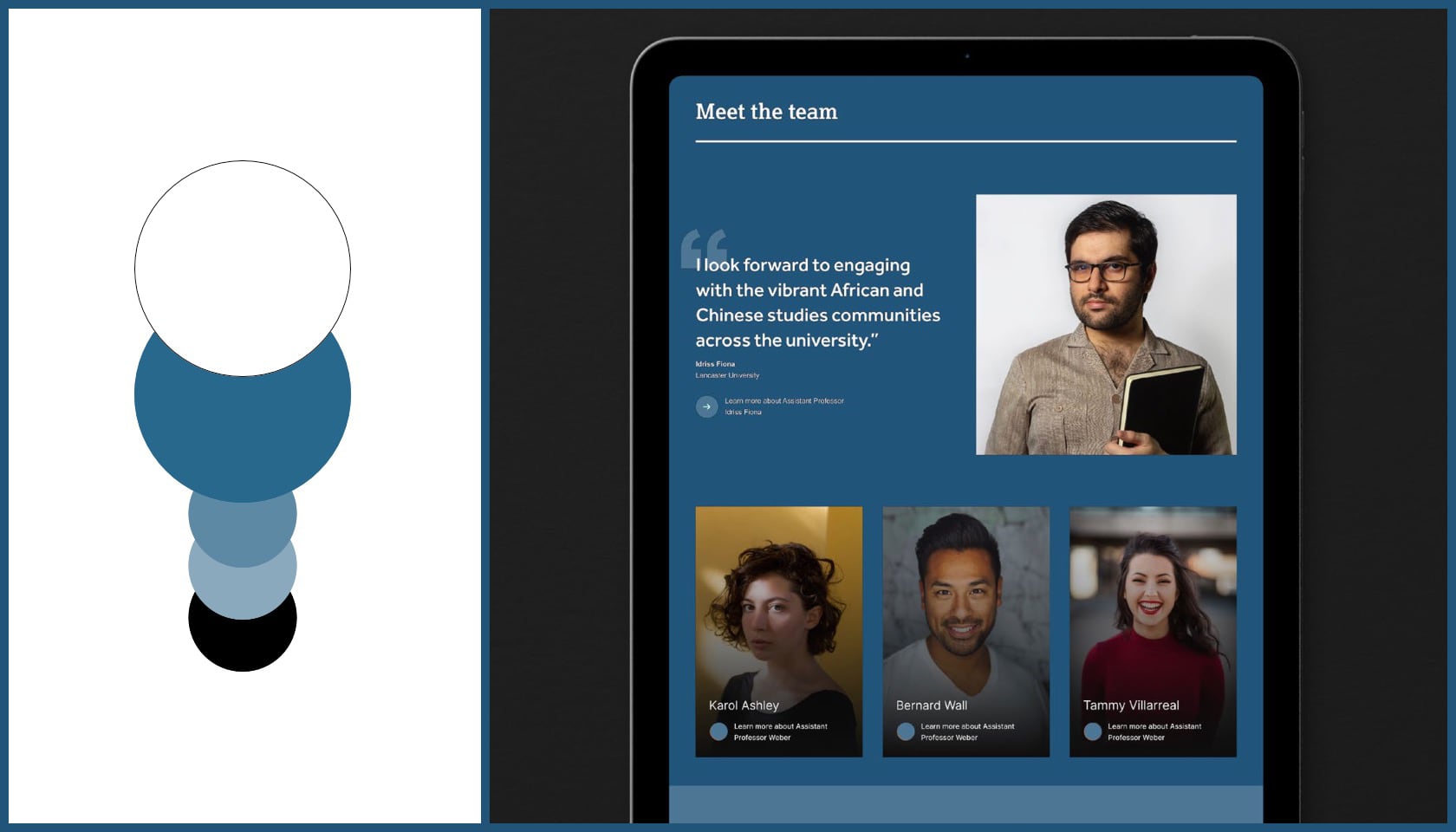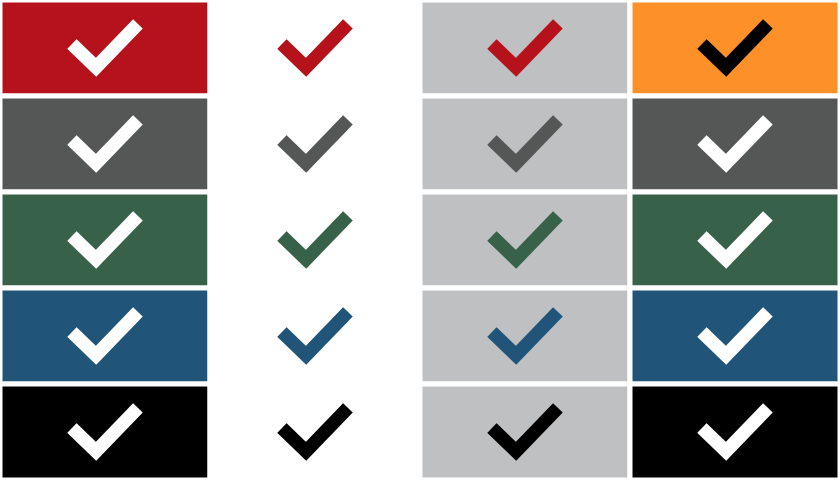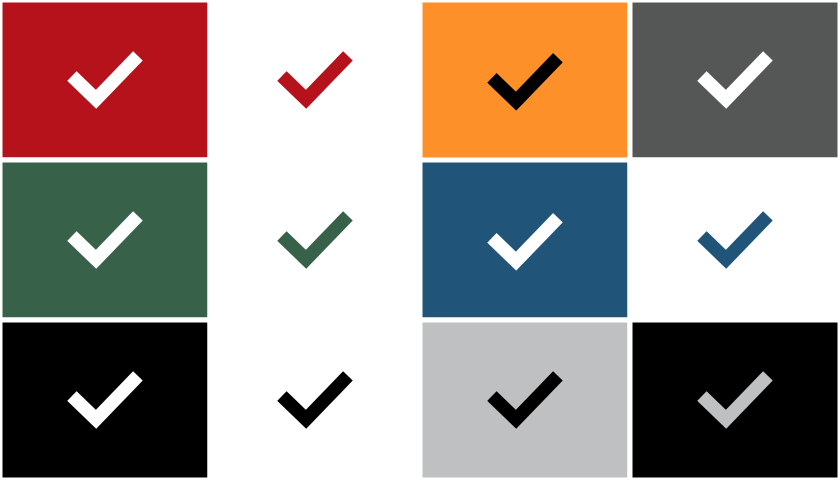Lancaster University’s primary brand colours are internationally recognised and inspired by our roots in the historic city of Lancaster.
Lancaster red communicates our strength and prestige as an academic institution.
The dark grey, previously known as Quaker grey, reflects the city and region’s strong association with the Quaker movement.
Black and white provide balance and simplicity and are a clean contrast for our whole colour palette.
Always lead with the red and grey before adding any secondary colours.
| Lancaster red | Dark grey | White | Black | |
|---|---|---|---|---|
| CMYK | 0,100,96,28 | 0,0,0,80 | 0,0,0,0 | 0,0,0,100 |
| RGB | 181,18,27 | 85,86,86 | 255,255,255 | 0,0,0 |
| HSL | 356.7,81.9%,39% | 180,0.6%,33.5% | 0,0%,100% | 0,0%,0% |
| Hex | #B5121B | #555656 | #FFFFFF | #000000 |


